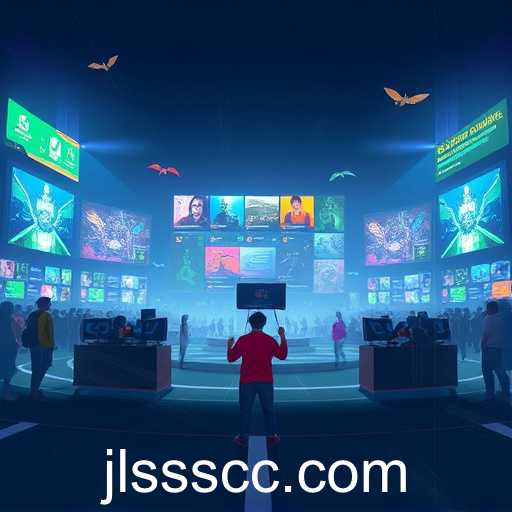Multiplayer Games


The Dynamic Evolution of Multiplayer Games: Bridging Worlds Through Play

In the digital age, where connections transcend physical boundaries, multiplayer games have emerged as a defining category in the gaming industry. These games, characterized by their ability to connect players from different regions, cultures, and backgrounds, offer a rich tapestry of interactive experiences that captivate millions globally. The category, encompassing a broad spectrum of genres from high-octane shooters to collaborative puzzle solvers, thrives on the principle of connectedness, competition, and community-building.
One of the defining features of multiplayer games is their ability to foster real-time interaction and social engagement. Technologies like high-speed internet and advanced graphics engines have enabled developers to create virtual worlds that are as immersive as they are expansive. Within these worlds, players can form alliances, compete in tournaments, or simply enjoy casual gameplay with friends.
The diversity within multiplayer games allows them to cater to almost any type of player preference. For example, Massively Multiplayer Online Role-Playing Games (MMORPGs) like 'World of Warcraft' offer players the opportunity to be part of grand narratives and epic battles, while sandbox games such as 'Minecraft' encourage creativity and ingenuity in a shared environment. Even in competitive gaming, multiplayer games shine brightly, evidenced by the massive followings of eSports titles like 'League of Legends' and 'Counter-Strike: Global Offensive'. These games showcase high skill ceilings and team strategies, often culminating in global competitions that attract millions of viewers and significant financial investments.
Another intriguing aspect of multiplayer games is the cultural phenomenon they have become. They serve as virtual meeting grounds that break down geographical barriers—players from different continents can collaborate or compete in real-time, often overcoming language and cultural differences through the universal medium of play.
Furthermore, multiplayer games have found their way into educational and professional settings. Gamification is a concept that leverages game mechanics to enhance learning and productivity. Multiplayer educational platforms encourage teamwork and problem-solving, preparing participants for real-world challenges.
However, with all its benefits, the category is not without challenges. Issues such as cyberbullying, unequal access to high-speed internet, and the rise of pay-to-win models pose significant threats to fair play and inclusivity. Developers and communities continue to work on creating safer, more equitable environments to mitigate these challenges.
In conclusion, 'Multiplayer Games' as a category is a dynamic and continually evolving space that offers more than just entertainment. It is a playground where technological advancements meet human interaction, creating a unique and varied form of digital camaraderie. As technology progresses and platforms expand, the potential for multiplayer games to innovate and unite people globally remains limitless.
The Rise of JLSSS: Revolutionizing Online Gaming
Explore how JLSSS is reshaping the landscape of online gaming in 2025 with innovative platforms and engaging dynamics.
Engage with jlsss: The Rising Tide in Online Gaming
As the online gaming industry evolves, 'jlsss' emerges as a key player, leading innovations in gaming experiences and community engagement.
Interactive Gaming Trends of the Future
A comprehensive look at the evolving landscape of online gaming, touching upon new technologies, community dynamics, and market influences in 2025.
 Skip to content
Skip to content




